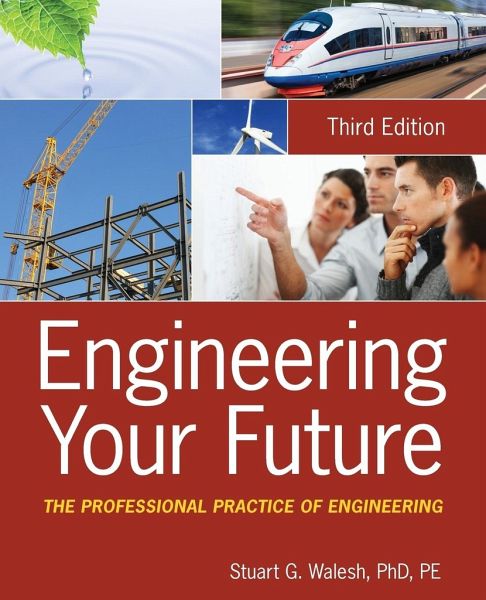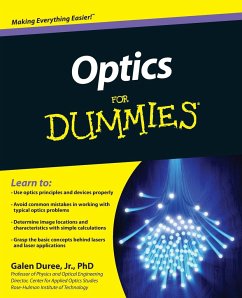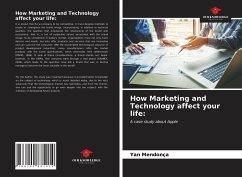
Engineering Your Future, 3e
Versandkostenfrei!
Versandfertig in über 4 Wochen
63,99 €
inkl. MwSt.
Weitere Ausgaben:

PAYBACK Punkte
32 °P sammeln!
This updated textbook provides a resource on the non-technical aspects of professional practice for both engineering students and young technical professionals. Coverage supports the Accreditation Board for Engineering and Technology (ABET) s Engineering Criteria 2000, as well as ASCE s current BoK and ASME and AIChE s BoKs. The book treats essential non-technical topics like self-management, communication, interpersonal relationships, teamwork, project and total quality management, design, construction, manufacturing, engineering economics, organizational structures, business accounting, law,...
This updated textbook provides a resource on the non-technical aspects of professional practice for both engineering students and young technical professionals. Coverage supports the Accreditation Board for Engineering and Technology (ABET) s Engineering Criteria 2000, as well as ASCE s current BoK and ASME and AIChE s BoKs. The book treats essential non-technical topics like self-management, communication, interpersonal relationships, teamwork, project and total quality management, design, construction, manufacturing, engineering economics, organizational structures, business accounting, law, ethics, consulting, and marketing. Engineering Your Future concludes with the future world of work, paradigms, and leadership.













